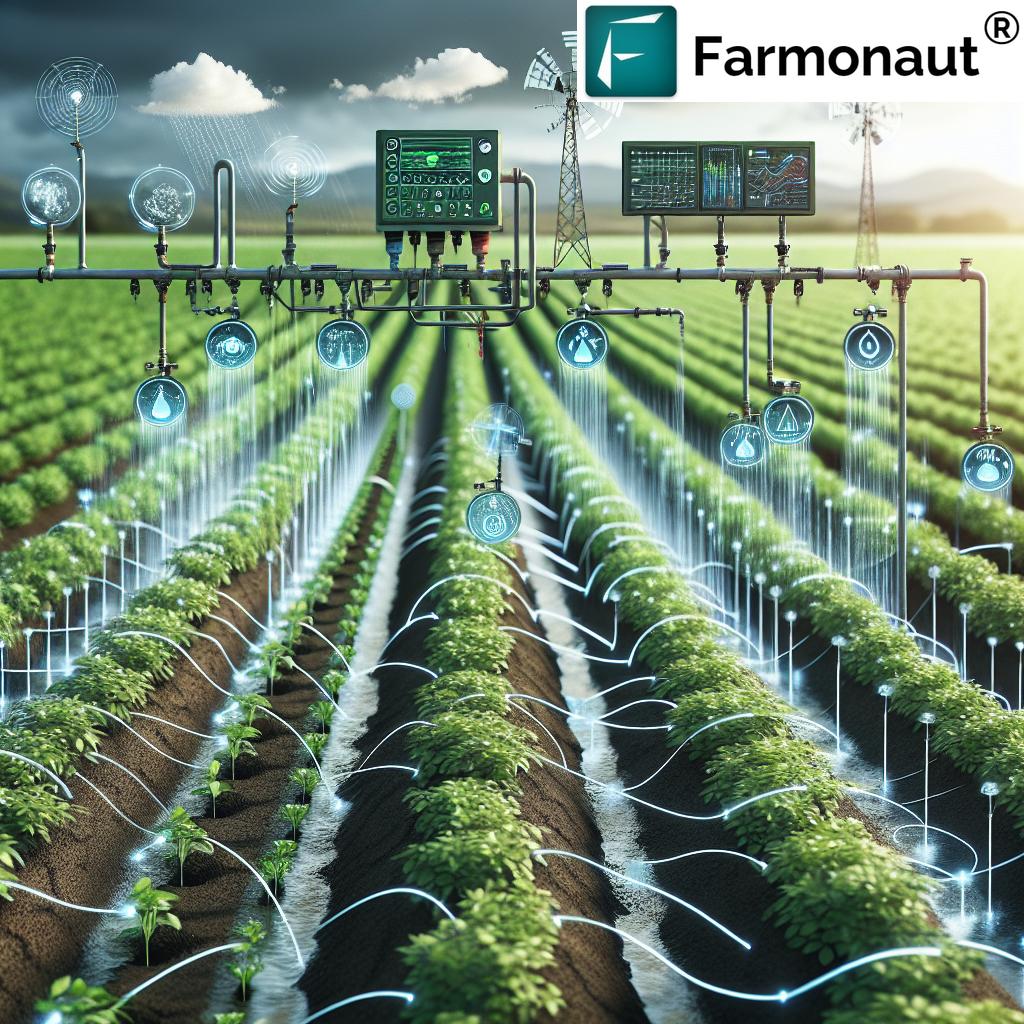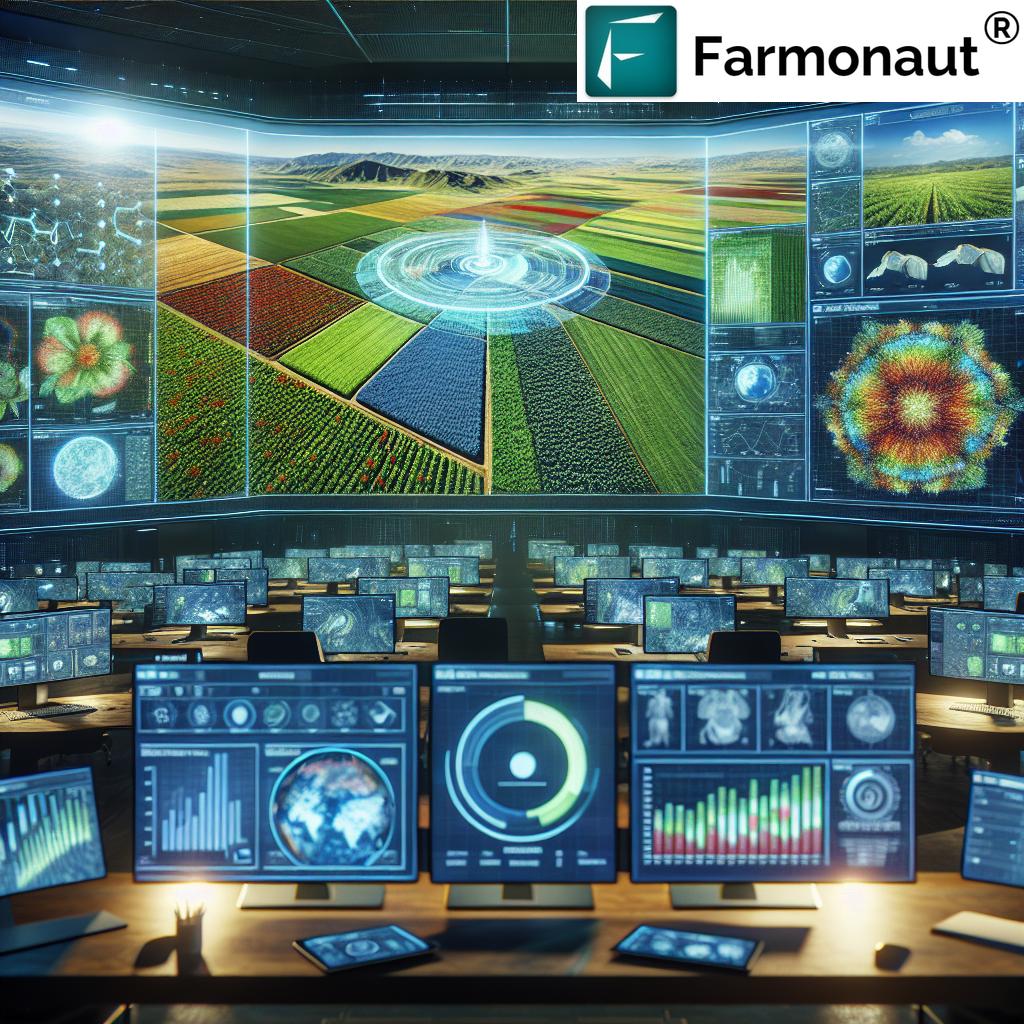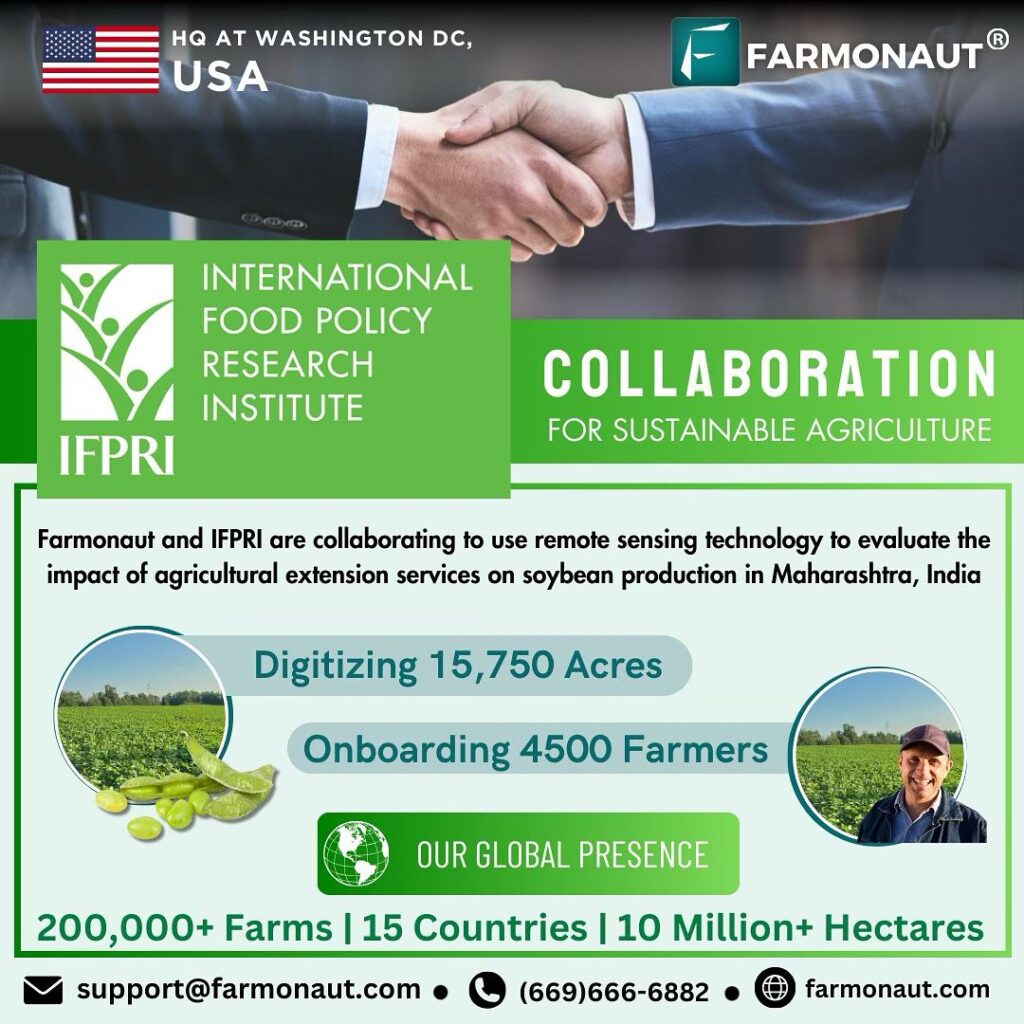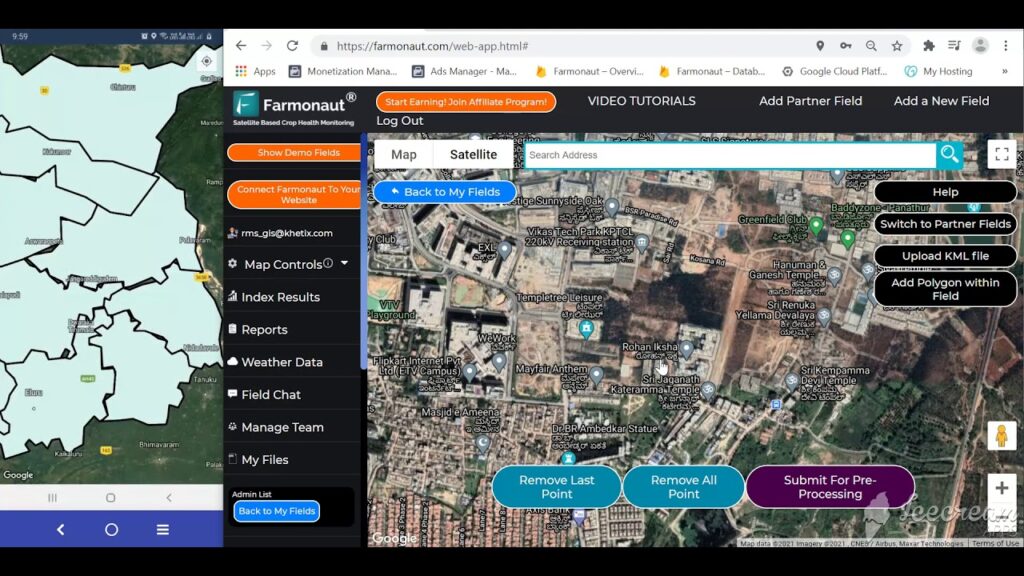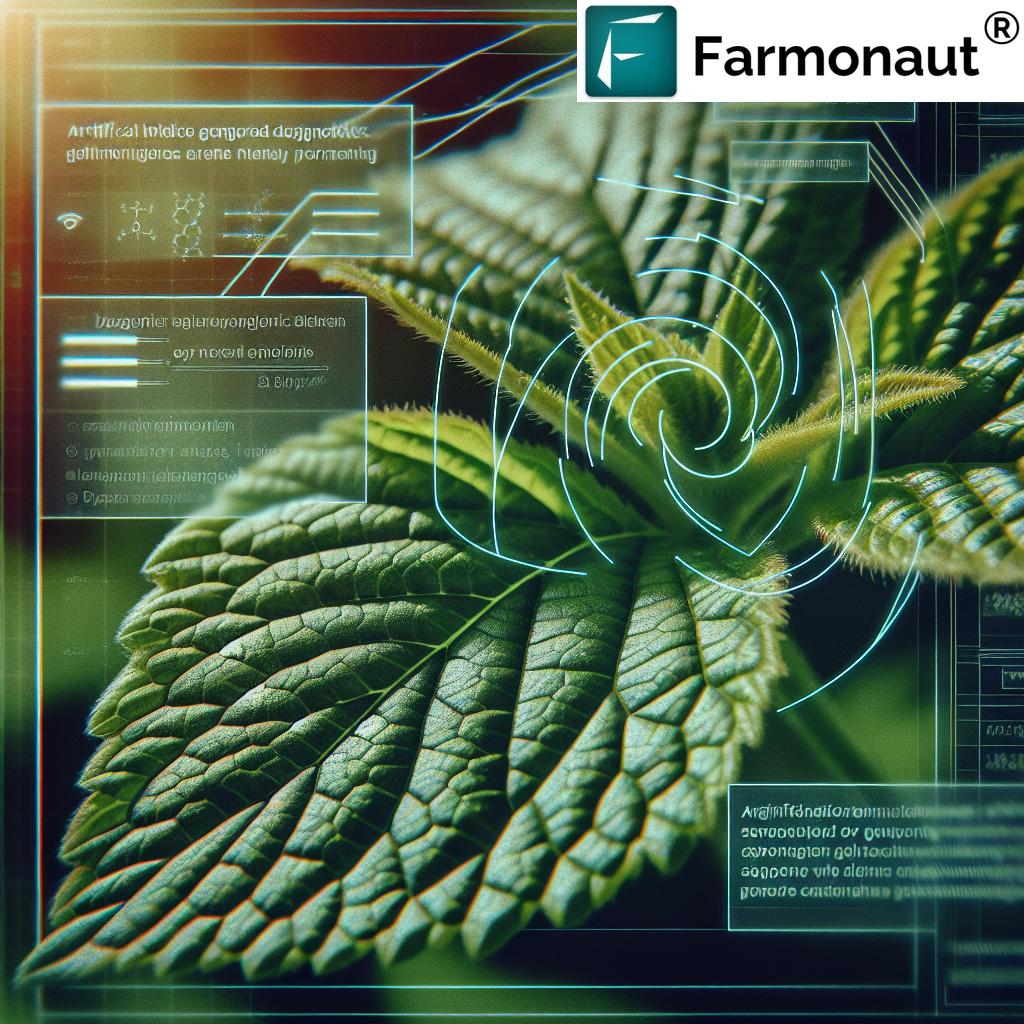Precision Grow Variable Rate Irrigation: 7 Shocking Benefits
“Variable rate irrigation can reduce water usage by up to 30% compared to traditional irrigation methods.”
Introduction to Precision Grow Variable Rate Irrigation (VRI)
Agriculture is undergoing a technological revolution, and at the forefront is precision grow variable rate irrigation (VRI). This advanced agricultural technology is transforming how we, as farmers and agribusinesses, manage water, optimize crop yield, and embrace sustainable farming practices. By integrating irrigation data analytics, soil moisture sensors, and remote sensing in farming, VRI systems allow tailored water application across every part of our fields.
The core idea of VRI is simple yet powerful: Instead of applying a uniform amount of water everywhere, we use data-driven insights and advanced control systems to deliver the exact amount of water needed in each zone. This results in significant improvements in water efficiency in agriculture, directly boosting crop yield optimization and bringing down operational costs.
In this comprehensive guide, we will uncover the 7 shocking benefits of VRI, explore how modern precision irrigation systems work, and showcase how solutions like Farmonaut’s advanced farm management platform make cutting-edge agriculture accessible and affordable. Whether you’re an individual farmer, part of a cooperative, or managing extensive agribusiness operations, precision irrigation technology stands to revolutionize your processes and profits.
“Precision irrigation systems can increase crop yields by as much as 20% using advanced data analytics.”
Understanding Variable Rate Irrigation (VRI) in Modern Agriculture
Variable rate irrigation (VRI) is a precision approach in which the amount and application of water are tailored to the specific requirements of each field zone, rather than following a one-size-fits-all strategy. This enables us to consider multiple factors, including:
- Soil Type: Different soils retain and transmit water uniquely and require distinct management.
- Topography: Slopes and low-lying areas influence how water moves, making uniform irrigation suboptimal.
- Crop Needs: The stage of growth, crop type, and health status all determine variable water requirements.
Through field-specific prescription mapping for irrigation and advanced data collection, VRI enables us to apply water at varying rates and timings — ensuring each plant receives the optimal amount for health and yield.
The shift from traditional, uniform irrigation to variable rate irrigation represents a true leap forward in sustainable irrigation practices.
Key Components of Variable Rate Irrigation Systems
Robust VRI systems are built upon a network of sophisticated technologies that work in unison to deliver targeted irrigation with maximum efficiency. Below we outline the typical components that enable this advanced agricultural technology:
1. Sensors and Data Collection Devices
- Soil Moisture Sensors: Real-time monitoring of soil conditions at varying depths and locations, allowing us to assess actual plant-available water.
- Weather Stations: Track rainfall, humidity, wind, and temperature to inform irrigation decisions and avoid over-watering during wet periods.
- Remote Sensing Technologies:
- Drones & Satellites: Deliver multispectral and thermal imagery for comprehensive crop and soil analysis. With tools like Farmonaut’s satellite-driven platform, we can directly gather actionable data on vegetation health, soil moisture, and more.
2. Control Systems
- Prescription Mapping Software: Integrates all collected data to create intelligent irrigation zone maps, specifying the optimal amount of water to apply per area.
- Advanced Algorithms & AI: Analyze complex data sets, providing dynamic control for optimization in response to changing conditions.
Check out Farmonaut’s Carbon Footprinting solution for tracking environmental impact alongside water application, contributing to overall farm sustainability.
3. Irrigation Equipment
- Center Pivots and Drip Lines: Modern irrigation equipment fitted with actuators that adjust water flow based on real-time prescriptions from the control system.
- Automated Controls: Enable us to automate water delivery processes, minimizing manual errors and labor requirements.
Focus Keyword: 7 Shocking Benefits of Variable Rate Irrigation (VRI)
Let’s explore the seven most significant benefits of precision grow variable rate irrigation systems that are revolutionizing agriculture today:
-
Enhanced Water Efficiency and Conservation
VRI systems ensure water is applied only where and when needed — not wasted on areas that are already wet or where plants don’t require additional water.
By leveraging soil moisture sensors, real-time field data, and remote sensing tools, we can reduce water usage by up to 30% compared to traditional systems. This translates to significant long-term economic and environmental gains. (Source: lindsay.com) -
Improved Crop Yields and Quality
Supplying consistent, appropriate amounts of water across all field zones fosters healthier root development, minimizes plant stress, and ultimately boosts yields. In fact, data-driven precision irrigation systems can result in up to 20% increases in crop yield by ensuring every plant receives adequate hydration, especially during critical growth phases. (Source: lindsay.com)
-
Promotion of Environmental Sustainability
VRI technology supports sustainable irrigation practices by minimizing runoff and nutrient leaching, thereby reducing waterway pollution. Water is treated as a precious resource, with every drop accounted for and used to its maximum potential. (Source: valleyirrigation.com)
-
Direct Cost Savings
By optimizing both water use and energy for pumping, VRI lowers the costs associated with irrigation. Uniform plant health across the field also reduces the need for expensive chemical inputs like fertilizers and pesticides, amplifying savings. (Source: lindsay.com)
-
Minimization of Disease Risks
Over-irrigation often leads to waterlogged soils, creating favorable conditions for plant diseases, root rot, and fungal outbreaks. With VRI, zones prone to water retention are irrigated less, reducing disease risk and carbon footprint.
-
Resource Optimization and Management
Data-driven VRI systems support resource management beyond just water, including energy, fertilizers, and labor. The precision approach leads to optimized use of all key agricultural inputs across the full crop cycle.
Learn more about efficient resource management with Farmonaut’s Fleet Management platform—track machinery, optimize vehicle use, and lower operational costs. -
Empowering Data-Driven Decision Making
The integration of advanced analytics, AI, and prescription mapping supports us in making proactive, informed decisions about every aspect of irrigation. Access to comprehensive field data via platforms like Farmonaut enables continuous monitoring, adjustment, and optimization of the irrigation processes.
Farmonaut’s Solutions: Advanced Farm Data and Precision Irrigation
As a leader in advanced agricultural technology, Farmonaut brings state-of-the-art farm management and satellite-driven crop monitoring into the hands of farmers, agribusinesses, and government organizations worldwide.
-
Satellite-Based Crop Health Monitoring:
Farmonaut uses frequent, high-resolution satellite images to assess soil moisture, vegetation health (NDVI), and more. This aids in precise detection of field variability for targeted variable rate irrigation decisions—without expensive on-field hardware. -
Jeevn AI Advisory System:
Personalized, AI-driven irrigation and crop management advice increases both water efficiency and yields, with recommendations tailored to your specific crop, region, and weather events. -
Resource and Fleet Management Tools:
Our farm management suite allows tracking equipment, planning logistics, and optimizing resource allocation, making precision irrigation systems part of a holistic, efficient operation. -
Blockchain-Based Traceability:
Enhance the transparency of your farm’s supply chain management with Farmonaut traceability tools, ensuring water-efficient practices are visible from farm to table. -
Access Farmonaut Tools Anywhere:
Our solutions are available via web app, API, and mobile applications for Android (Google Play) and iOS (App Store).
For developer integrations or research, access Farmonaut’s public API or review the API developer documentation.
Implementing Variable Rate Irrigation in Agriculture
The stepwise implementation of VRI involves several interlinked processes, each leveraging advanced technology and analytics to optimize every drop of water applied to your field.
-
Data Collection:
Use a combination of soil sensors, weather stations, satellite imagery, and drones to gather relevant data on soil moisture, crop health, topography, and atmospheric conditions across the farm. -
Prescription Mapping:
Employ prescription mapping for irrigation by analyzing the gathered data in order to generate spatial maps that specify irrigation requirements for various field zones. -
System Integration:
Integrate the prescription maps with modern center pivot or drip irrigation systems, using control software to automate the variable application of water. -
Ongoing Monitoring and Adjustment:
Leverage real-time analytics and field observations to continuously monitor effectiveness and make data-driven adjustments, maximizing crop yield optimization throughout the season.
To monitor large holdings or forest plantations, explore Farmonaut’s Large Scale Farm Management solutions for exceptional scalability and oversight.
“Precision irrigation systems can increase crop yields by as much as 20% using advanced data analytics.”
Comparative Benefit Table: Conventional Irrigation vs Variable Rate Irrigation (VRI)
To visualize just how dramatic the advantages can be, here’s a comparative table outlining key benefits of VRI versus conventional methods:
| Benefit | Conventional Irrigation (Estimated Value) | Variable Rate Irrigation (Estimated Value) |
|---|---|---|
| Water Savings | 0–5% (minimal) | Up to 30% |
| Yield Increase | Baseline | Up to 20% higher |
| Energy Savings | Minimal | 10–20% less pumping required |
| Fertilizer Efficiency | Frequent nutrient leaching | Up to 15% more efficient use |
| Disease Risk Reduction | Moderate to high | Significant reduction |
| Operational Cost Reduction | Low | 10–30% savings |
| Data-Driven Decision Making | Rarely possible | Fully enabled (real-time, actionable) |
Challenges and Considerations with Variable Rate Irrigation
While embracing variable rate irrigation yields unmatched benefits in resource efficiency and crop yields, there are a few key challenges to keep in mind as we plan investments and adoption:
-
High Initial Costs:
The setup of VRI systems—including sensors, control systems, and specialized irrigation equipment—can involve significant upfront investment. However, ongoing operational savings and yield improvements often offset these costs over time. (Source: verifiedmarketresearch.com) -
Technical Expertise:
Successful operation and maintenance of advanced VRI equipment require technical know-how and familiarity with data-driven systems, potentially posing a barrier for some farmers. Training and support are essential. (Source: verifiedmarketresearch.com) -
Complex Data Management:
Handling and interpreting large volumes of field, soil, and crop data requires robust data management platforms and analytical skills.
Farmonaut’s AI-based decision support tools are designed to simplify this, democratizing technology regardless of farm size or location.
Overcoming these hurdles is an ongoing process. By leveraging the expertise of technology providers, choosing scalable platforms, and investing in ongoing education, these challenges become increasingly manageable.
The Future of Precision Grow Variable Rate Irrigation
The future of VRI in agriculture is remarkably bright. Here’s where the next wave of innovation is heading:
- Integration with Artificial Intelligence (AI): AI can enhance VRI systems further by parsing complex environmental datasets and predicting optimal irrigation schedules based on dynamic field conditions. (Source: farmtechx.com)
- Autonomous Irrigation Systems: The ongoing development of self-operating drones, robots, and intelligent actuators will lead to fully autonomous, real-time irrigation processes—slashing labor costs and eliminating human error. (Source: farmtechx.com)
- Improved Data Analytics: As satellite, weather, and sensor data become more detailed and accessible—using platforms like Farmonaut—our models for crop water requirements and prescription mapping will become more accurate and actionable.
- Sustainability & Compliance: Expect water resource management policies and market demands to push even greater focus on measured, sustainable irrigation practices. Products like Farmonaut Carbon Footprinting help support environmental and regulatory goals.
As more farms embrace the power of data-driven decision-making, precision irrigation systems will become the new standard for productive, profitable, and sustainable agriculture.
Farmonaut Subscription Plans
Choose a plan that fits your farm’s needs – from individual crop monitoring to advanced, large-scale analytics and AI-driven management across multiple farms.
Frequently Asked Questions (FAQ) about Precision Grow Variable Rate Irrigation
Q1. What is variable rate irrigation (VRI)?
VRI is a precision irrigation system that delivers different amounts of water to specific zones of a field, based on real-time data about soil type, moisture, crop needs, and topography. It helps save water, reduce costs, and enhance yields by avoiding over- and under-irrigation.
Q2. How do prescription maps work in VRI?
Prescription maps are digital guides created using field data and analytics. They inform your irrigation control system exactly how much water to apply in each part of your field using advanced mapping and analytics.
Q3. Can small farms benefit from VRI?
Absolutely! Platforms like Farmonaut offer affordable, scalable, and satellite-based crop monitoring services for farms of all sizes, making precision irrigation accessible to smallholder and medium-sized operations as well.
Q4. Is VRI only about water savings?
No – while water efficiency in agriculture is a key benefit, VRI also improves yield, product quality, energy use, disease management, and reduces environmental impact.
Q5. What technology is needed to start with VRI?
At minimum, you require field-level data collection devices (sensors, drones, satellite monitoring), prescription mapping software, and compatible irrigation equipment (e.g., center pivot with variable rate controls or modern drip lines).
Q6. What support does Farmonaut provide for starting with precision irrigation systems?
Farmonaut provides a plug-and-play platform for data collection, analysis, and irrigation advice, plus AI-powered advisory tools. This enables implementation with low technical barriers, regardless of farm scale.
Q7. How soon can VRI pay for itself?
Payback periods vary, but between water cost reductions, higher crop yields, lower fertilizer use, and reduced labor costs, VRI investments often see return within 1–5 years depending on farm size and climate.
Conclusion: Precision Grow Variable Rate Irrigation — The Future of Smart Agriculture
Precision grow variable rate irrigation empowers us to feed the world more efficiently, profitably, and sustainably. By customizing water application based on precise data for every part of our fields, we can achieve:
- Up to 30% reduction in water usage
- 20% increase in crop yields
- Reduced operational and input costs
- Robust crop health and quality
- Minimized environmental impact and resource waste
- Powerful, data-driven management for long-term success
With continual advancements in data analytics, automation, and accessibility offered by technology platforms such as Farmonaut, the world of sustainable and intelligent agriculture is open to all. Whether you aim to optimize water management, lower your farm’s carbon footprint, or enhance supply chain transparency, precision irrigation is a cornerstone of the farmer’s toolkit for today—and the future.
Ready to embrace next-generation farm management? Try Farmonaut today or discover our Farmonaut API and developer docs for building tomorrow’s agricultural solutions!



